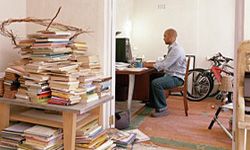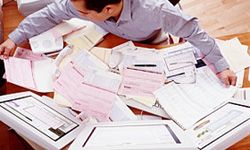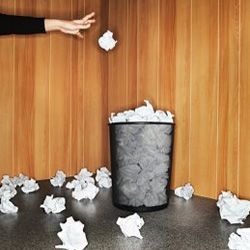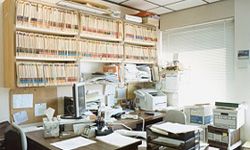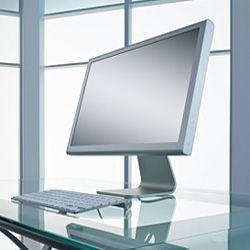Your bedroom is where you sleep, and your kitchen is where you eat, but your home office may be the nerve center of your entire house. Keeping it organized is key. Luckily, we'll break down some of the top home office organization tips to help you keep your office in good working order.
This weekend, spend a few hours cleaning, organizing, and getting a handle on your office space. With a few storage solutions, you'll have your home office organized in no time. By Monday, you might even be able to see the top of your desk again! Here are 10 home office organization ideas to consider.
Advertisement
